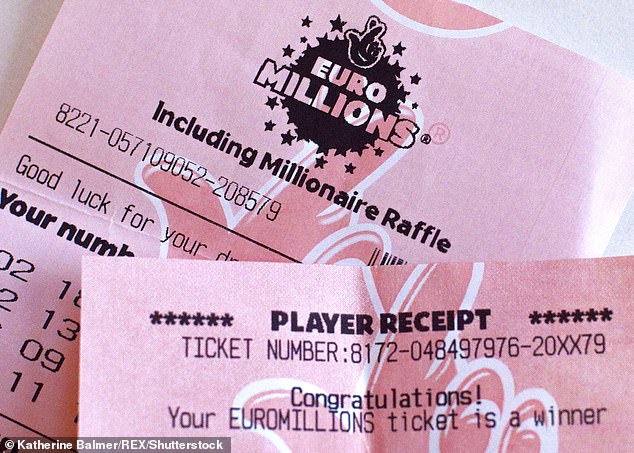
Mathematically Foolproof Jackpot Strategy with One Inescapable Tiny Catch
The Multimillionaire’s “Foolproof” Lottery Hack
[Image 1: Close-up of lottery tickets and a Powerball jackpot advertisement]
Want a guaranteed way to win the lottery? There is one: buy every possible ticket. But here’s the catch: you’ll need a fortune upfront. Let’s break down the math and history behind this risky strategy.
The Powerball Example
In the U.S. Powerball, you pick 5 white numbers (1–69) and 1 red Powerball (1–26). To calculate the odds, combinatorics—a branch of mathematics—comes into play. The formula for “n choose k” (selecting k numbers from n without repetition) is:
[ \frac{n!}{k! \times (n – k)!} ]
For the white numbers (69 choose 5), this equals 11,238,513 combinations. Multiply by 26 red Powerball options to get 292,201,338 total tickets—over 292 million possibilities.
The Cost of Guaranteed Success
Buying all tickets at $2 each costs $584 million. While jackpots occasionally exceed this (e.g., $1.5+ billion), most rollovers don’t. Even if they do, taxes (30%+) and potential shared jackpots with other winners eat into profits. Lotteries are designed to prevent guaranteed wins, but poorly structured ones have been exploited historically.
[Image 2: Historical engraving of Voltaire and a lottery ticket]
Historical Wins (and Losses)
- Voltaire’s 1730 Scheme: The philosopher and mathematician Charles Marie de La Condamine exploited a French debt lottery. Their syndicate bought all tickets, leveraging a rule that paid cash prizes higher than ticket costs. They profited repeatedly before the government shut it down.
- 1992 Irish Lottery: A syndicate tried to buy all 1.9 million tickets (£0.50 each) for a £1.7 million prize. Vendors capped sales, limiting them to 80% of tickets. They shared the jackpot but recouped losses via smaller prizes. Ireland later increased the number pool to 47, making it unprofitable.
- 2023 Texas Scandal: A European group allegedly used insider access to terminals to print 25.8 million tickets ($1 each) for a $95 million jackpot. Investigations are ongoing, but no charges have been filed.
Why It Rarely Works Today
Modern lotteries guard against this loophole by:
- Increasing the number pool (e.g., Powerball’s 292M combinations).
- Capping jackpots.
- Taxing winnings heavily.
[Image 3: Infographic showing lottery odds vs. costs]
The Bottom Line
Mathematically, buying all tickets guarantees a win—but it’s only profitable if:
- The jackpot exceeds ticket costs (accounting for taxes).
- The lottery’s design is flawed (e.g., small number pools).
- Logistics allow mass purchases.
Unless you’re a multimillionaire with insider access, like the Texas syndicate, this “hack” remains a risky fantasy. For most, buying a single ticket is still about dreaming—not profit.
For more on math and probability, visit New Scientist.


